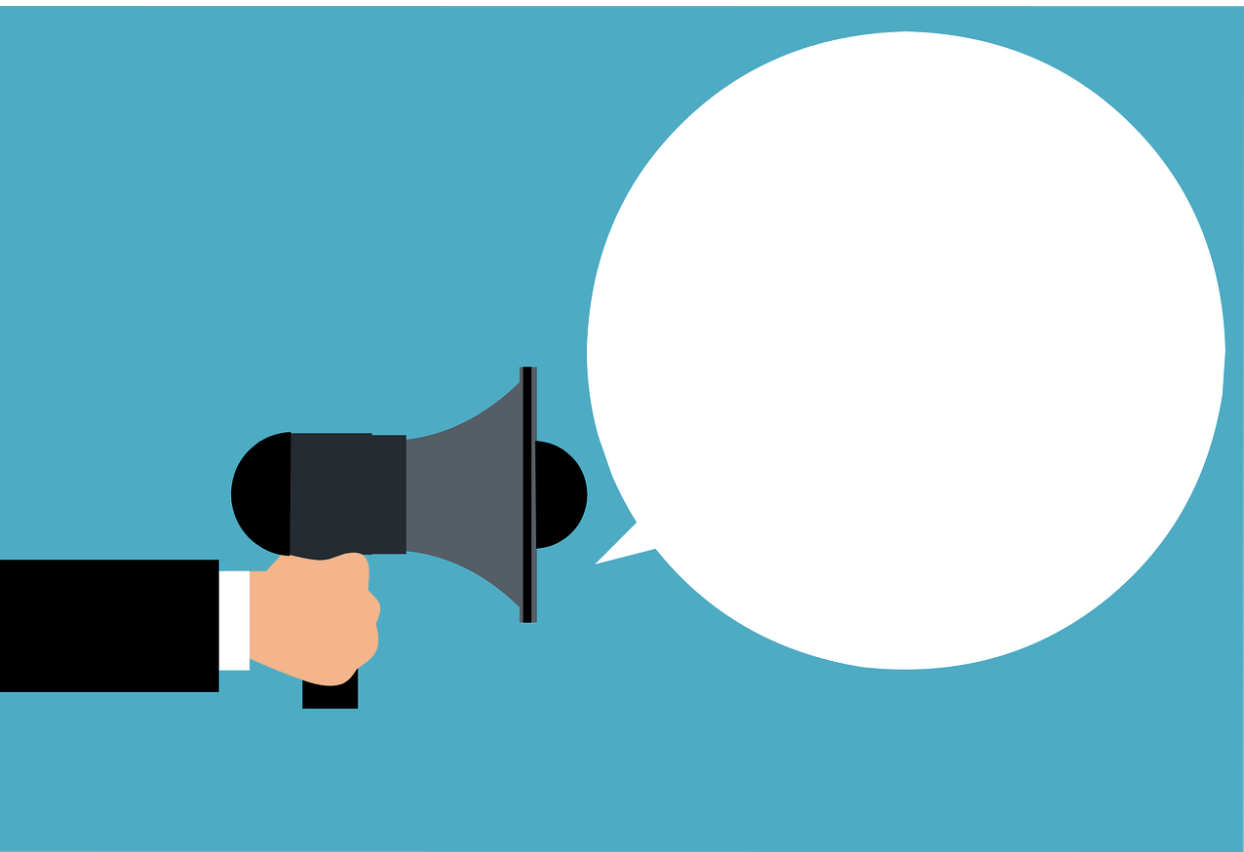

The first and most obvious response to this critical question is what do we mean by ‘best?’ Trusted, effective, impactful or responsive? These are all pivotal to the answer. We should also consider context. What is being sold, who is the target audience and what is the level of funding available relevant to the advertising activity.
In contemporary studies, word of mouth still ranks very highly. Neilson’s trust survey of 2013 indicated 84% of consumers trusted recommendations of people they knew (marketingcharts.com) and this type of consumer feedback is inextricably linked to social media campaigns, in that social media allows for inter-personal connection and a degree of trust…as long as we can get past the new phenomenon of ‘fake news’.
The scale of the operation is also an important factor. Infusionsoft survey of 2016 looking at start-up and small business advertising impact stated that customer referrals accounted for 62% of business operations. Therefore in terms of impact on sales and transactions, it would appear to be very effective. As operations scale up, however, one could argue trade specific media may be more effective than relying on customer referrals, particularly as volumes increase exponentially, as larger organisations may rely more on group-business decision making when choosing a B2B product as a business consumer rather than word of mouth. This involves less emphasis on selling and more on content education or content marketing, a fact emphasised in a B2B report generated by the Weidert Group in a recent 2021 publication, stating 90% of companies surveyed said online content had a moderate to major influence on decision making.
Although word of mouth is widely regarded as one of the best forms of advertising, it is not without drawbacks. It can take a long time, as successful marketing requires the right message in the right place at the right time. It is difficult to measure and can have the opposite effect of spreading misinformation or negative imagery. Finally it is not a strongly targeted approach and can limit your reach, a fact picked up by Sinan Aral in a HBR 2021 paper which discussed fallacies of digital marketing. In the article, Aral demonstrated that by bombarding consumers with media information to examine ‘click’ efficiency as a conversion rate, this process produced diminishing returns. The strategy, as demonstrated by Procter and Gamble in 2017 and Unilever in 2019, that produced better ROI was to reduce the spend on bombardment and focus on targeted audiences instead.
There is no doubt that human behaviour is strongly affected by what other humans say and how they act and therefore word of mouth is here to stay as an effective consumer motivator. Nevertheless, the great stride in data analytics over the last decade is beginning to erode the perception that it is the most powerful advertising tool and driving organisations to look more deeply at the ‘who’ in the question ‘who are our target audience?’